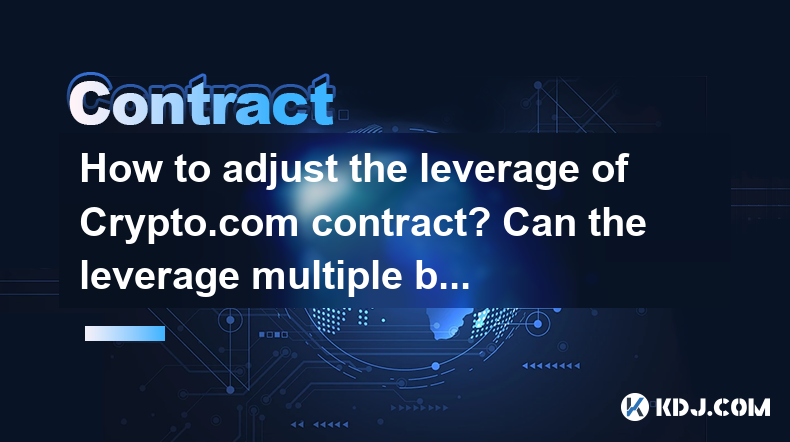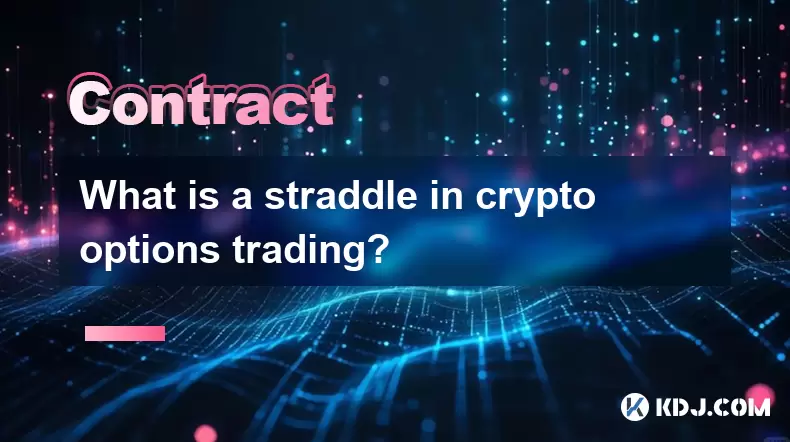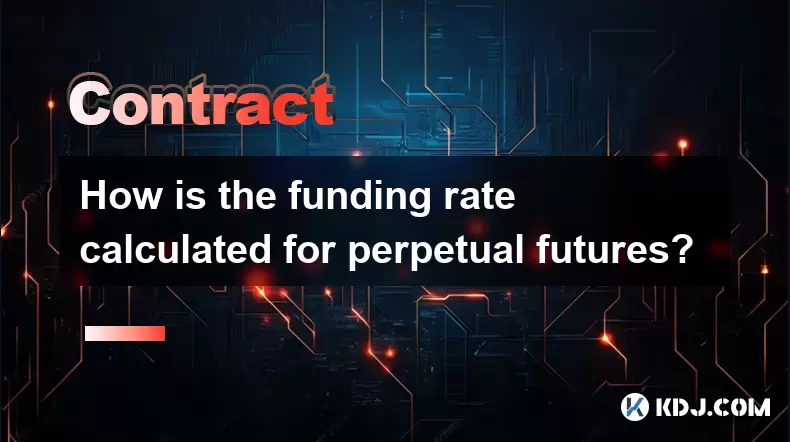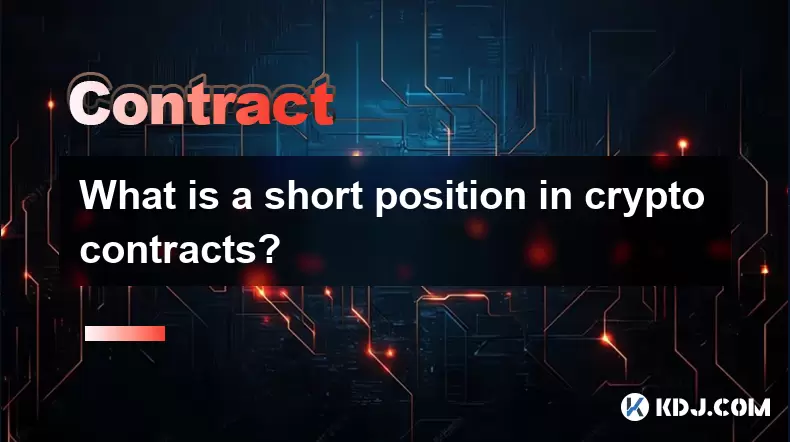-
 Bitcoin
Bitcoin $116800
1.37% -
 Ethereum
Ethereum $3832
5.15% -
 XRP
XRP $3.063
2.69% -
 Tether USDt
Tether USDt $1.000
0.04% -
 BNB
BNB $774.1
0.84% -
 Solana
Solana $170.7
1.56% -
 USDC
USDC $0.0000
0.01% -
 Dogecoin
Dogecoin $0.2142
5.31% -
 TRON
TRON $0.3406
1.90% -
 Cardano
Cardano $0.7635
3.81% -
 Hyperliquid
Hyperliquid $39.55
2.42% -
 Sui
Sui $3.732
7.71% -
 Stellar
Stellar $0.4127
4.25% -
 Chainlink
Chainlink $17.80
6.91% -
 Bitcoin Cash
Bitcoin Cash $576.7
1.66% -
 Hedera
Hedera $0.2521
3.28% -
 Ethena USDe
Ethena USDe $1.001
0.01% -
 Avalanche
Avalanche $22.66
2.19% -
 Litecoin
Litecoin $121.3
2.98% -
 UNUS SED LEO
UNUS SED LEO $8.959
-0.31% -
 Toncoin
Toncoin $3.325
2.88% -
 Shiba Inu
Shiba Inu $0.00001263
2.84% -
 Uniswap
Uniswap $10.11
4.79% -
 Polkadot
Polkadot $3.769
3.22% -
 Dai
Dai $1.000
0.01% -
 Bitget Token
Bitget Token $4.413
1.46% -
 Monero
Monero $272.9
-4.98% -
 Cronos
Cronos $0.1488
4.22% -
 Pepe
Pepe $0.00001088
4.01% -
 Aave
Aave $273.0
4.73%
How to adjust the leverage of Crypto.com contract? Can the leverage multiple be modified after opening a position?
On Crypto.com, leverage can be adjusted before and after opening a position, allowing traders to manage risk and adapt to market changes effectively.
May 02, 2025 at 03:21 am

Introduction to Leverage on Crypto.com
Leverage trading on Crypto.com allows traders to amplify their exposure to the cryptocurrency market using borrowed funds. Understanding how to adjust leverage is crucial for managing risk and maximizing potential returns. The leverage on Crypto.com can be adjusted before and after opening a position, providing flexibility to traders based on their trading strategy and market conditions.
Adjusting Leverage Before Opening a Position
Before entering a trade, traders can set their desired leverage level on Crypto.com. This initial setting is important as it determines the amount of exposure and the margin required for the trade.
- Open the Crypto.com App or Website: Navigate to the trading section where futures or margin trading is available.
- Select the Desired Market: Choose the cryptocurrency pair you want to trade.
- Access the Order Form: Click on the "Trade" or "Open Position" button to bring up the order form.
- Adjust the Leverage: Look for the leverage slider or input field. Here, you can adjust the leverage from the minimum to the maximum allowed for that particular market. For example, if you want to use 10x leverage, you would set the slider to 10.
- Confirm the Leverage: Once you have set your desired leverage, review the margin requirements and other details before confirming your order.
Modifying Leverage After Opening a Position
One of the key features of Crypto.com's trading platform is the ability to modify leverage after a position has been opened. This can be beneficial if market conditions change or if you want to adjust your risk exposure.
- Go to the Open Positions Section: In the Crypto.com app or website, navigate to the section where your open positions are listed.
- Select the Position: Click on the specific position you want to adjust.
- Find the Leverage Adjustment Option: There should be an option to modify the leverage, usually represented by a slider or an input field.
- Adjust the Leverage: Change the leverage to your new desired level. For instance, if you initially opened a position with 5x leverage and now want to increase it to 10x, you would adjust the slider accordingly.
- Confirm the Change: After adjusting the leverage, confirm the change. The platform will recalculate your margin requirements based on the new leverage level.
Understanding Margin Requirements
When adjusting leverage, it's important to understand how it affects your margin requirements. Higher leverage means lower margin requirements but also higher risk. Conversely, lower leverage requires more margin but reduces risk.
- Initial Margin: This is the amount of funds required to open a position with a certain leverage level. For example, if you want to trade $10,000 worth of Bitcoin with 10x leverage, you would need an initial margin of $1,000.
- Maintenance Margin: This is the minimum amount of equity required to keep your position open. If your account balance falls below this level due to market movements, you may face a margin call or liquidation.
- Impact of Leverage Adjustment: When you increase leverage on an existing position, the initial margin requirement decreases, but the risk of liquidation increases. Conversely, decreasing leverage increases the margin requirement but reduces the risk of liquidation.
Risk Management and Leverage
Effective risk management is crucial when using leverage. Adjusting leverage can be a powerful tool for managing risk, but it should be done with caution.
- Set Stop-Loss Orders: Always use stop-loss orders to limit potential losses. These can be adjusted in line with your leverage changes to ensure they remain effective.
- Monitor Market Conditions: Keep an eye on market volatility and news events that could affect your positions. Adjusting leverage in response to these conditions can help manage risk.
- Use Lower Leverage for Long-Term Positions: If you plan to hold a position for an extended period, consider using lower leverage to reduce the risk of sudden market movements affecting your position.
Practical Example of Leverage Adjustment
To illustrate how leverage adjustment works, let's consider a practical example. Suppose you have an open position in Bitcoin futures with an initial leverage of 5x. The position size is $10,000, and the initial margin required is $2,000.
Scenario 1: Increasing Leverage to 10x
- New Margin Requirement: The new margin requirement would be $1,000 ($10,000 / 10).
- Risk Increase: The risk of liquidation increases as the margin buffer is smaller.
- Steps to Adjust:
- Go to the open positions section.
- Select the Bitcoin futures position.
- Adjust the leverage to 10x.
- Confirm the change.
Scenario 2: Decreasing Leverage to 2x
- New Margin Requirement: The new margin requirement would be $5,000 ($10,000 / 2).
- Risk Decrease: The risk of liquidation decreases as the margin buffer is larger.
- Steps to Adjust:
- Go to the open positions section.
- Select the Bitcoin futures position.
- Adjust the leverage to 2x.
- Confirm the change.
Frequently Asked Questions
Q: Can I adjust leverage on Crypto.com multiple times during a single position?
A: Yes, you can adjust the leverage on Crypto.com multiple times during a single position. However, each adjustment will change your margin requirements and potential risk, so it's important to monitor your position closely.
Q: What happens if I don't have enough margin after adjusting leverage?
A: If you adjust your leverage and your account balance falls below the new maintenance margin requirement, you may face a margin call. If you cannot meet the margin call, your position could be liquidated.
Q: Does adjusting leverage affect my unrealized profit or loss?
A: Adjusting leverage does not directly affect your unrealized profit or loss. However, it changes the margin requirements and the risk of liquidation, which can indirectly impact your position's performance.
Q: Are there any fees associated with adjusting leverage on Crypto.com?
A: Crypto.com does not typically charge a fee for adjusting leverage on an existing position. However, always check the latest fee structure on the platform, as policies can change.
Disclaimer:info@kdj.com
The information provided is not trading advice. kdj.com does not assume any responsibility for any investments made based on the information provided in this article. Cryptocurrencies are highly volatile and it is highly recommended that you invest with caution after thorough research!
If you believe that the content used on this website infringes your copyright, please contact us immediately (info@kdj.com) and we will delete it promptly.
- Ripple, Rail, and Stablecoin Payments: A $200M Power Play
- 2025-08-07 22:50:12
- Punisher Coin Presale: The Next $Trump? Aiming for 100x Gains!
- 2025-08-07 22:50:12
- Riding the Crypto Wave: Presale Cryptos, Cold Wallets, and the BTC Bull Run
- 2025-08-07 23:10:12
- Crypto's Wild Ride: Punisher Coin, Popcat, and the Meme Coin Mania
- 2025-08-07 23:10:12
- Bitcoin Price, XRP Prediction, Cryptocurrency: Navigating the Wild West of Digital Assets
- 2025-08-07 23:15:12
- WiMi, Quantum Computing, and AR Tech: Navigating the Future Today
- 2025-08-07 22:30:12
Related knowledge

What is a straddle in crypto options trading?
Aug 07,2025 at 11:15pm
Understanding the Basics of a Straddle in Crypto OptionsA straddle is an options trading strategy used when a trader expects significant price movemen...

How is the funding rate calculated for perpetual futures?
Aug 07,2025 at 11:36pm
Understanding the Basics of Perpetual FuturesPerpetual futures are a type of derivative contract that does not have an expiration date, allowing trade...

What programming languages are used for smart contracts?
Aug 07,2025 at 06:07pm
Understanding Smart Contracts and Their Execution EnvironmentSmart contracts are self-executing programs deployed on blockchain networks that automati...

What is a short position in crypto contracts?
Aug 07,2025 at 11:42pm
Understanding the Concept of a Short Position in Crypto ContractsA short position in crypto contracts refers to a trading strategy where a trader prof...

What is a long position in crypto contracts?
Aug 07,2025 at 06:29pm
Understanding the Concept of a Long Position in Crypto ContractsA long position in crypto contracts refers to a trading strategy where a trader buys a...

Why is my Bitstamp futures position being liquidated?
Jul 23,2025 at 11:08am
Understanding Futures Liquidation on BitstampFutures trading on Bitstamp involves borrowing funds to open leveraged positions, which amplifies both po...

What is a straddle in crypto options trading?
Aug 07,2025 at 11:15pm
Understanding the Basics of a Straddle in Crypto OptionsA straddle is an options trading strategy used when a trader expects significant price movemen...

How is the funding rate calculated for perpetual futures?
Aug 07,2025 at 11:36pm
Understanding the Basics of Perpetual FuturesPerpetual futures are a type of derivative contract that does not have an expiration date, allowing trade...

What programming languages are used for smart contracts?
Aug 07,2025 at 06:07pm
Understanding Smart Contracts and Their Execution EnvironmentSmart contracts are self-executing programs deployed on blockchain networks that automati...

What is a short position in crypto contracts?
Aug 07,2025 at 11:42pm
Understanding the Concept of a Short Position in Crypto ContractsA short position in crypto contracts refers to a trading strategy where a trader prof...

What is a long position in crypto contracts?
Aug 07,2025 at 06:29pm
Understanding the Concept of a Long Position in Crypto ContractsA long position in crypto contracts refers to a trading strategy where a trader buys a...

Why is my Bitstamp futures position being liquidated?
Jul 23,2025 at 11:08am
Understanding Futures Liquidation on BitstampFutures trading on Bitstamp involves borrowing funds to open leveraged positions, which amplifies both po...
See all articles

























































































